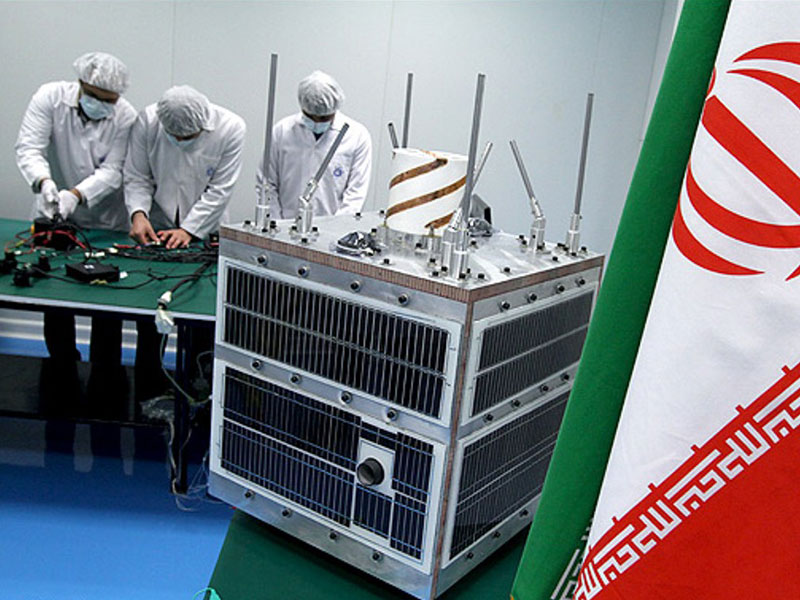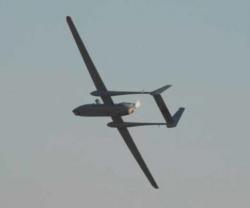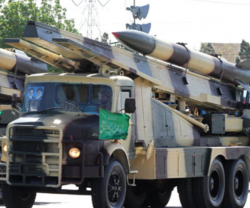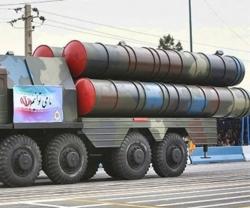Iran plans to launch a new advanced satellite into orbit by next summer, Iranian university officials announced on Wednesday.
“Satellite Zafar is the new model of Satellite Navid which is being prepared at Tehran's University of Science and Industry,” Chancellor of Science and Industry University Jebel Ameli said.
Navid is a domestically-manufactured 50-kilogram satellite, which can take pictures in low altitudes of about 250 to 375 kilometers from the Earth.
In August, Head of Satellite Technical Support Department at Tehran's University of Science and Technology, Hossein Bolandi, said that Iran would send the Zafar (Triumph) satellite into space in 2013.
According to Bolandi, Zafar is an advanced satellite which will have the mission to take high resolution wall maps and aerial photos of locations around the globe as seen from space.
He added that Zafar satellite weighs 90 kilograms and will be placed in elliptical orbit of 500 kilometers in radius.
Zafar will have a lifespan of one year and six months and will capture images with a resolution of 80 meters and then transmit them to stations on earth.
Bolandi said the control system of Zafar is three time more accurate than that of Navid.
The Islamic Republic, which first put a satellite into orbit in 2009, has outlined an ambitious space program and has, thus far, made giant progress in the field despite western sanctions and pressures against its advancement.
Iran has taken wide strides in aerospace. The country sent the first biocapsule of living creatures into space in February 2011, using its home-made Kavoshgar-3 (Explorer-3) carrier.
Iranian President Mahmoud Ahmadinejad announced in 2010 that Iran plans to send astronauts into space in 2024. But, later he said that the issue had gone under a second study at a cabinet meeting and that the cabinet had decided to implement the plan in 2019, five years earlier than the date envisaged in the original plan.
Omid (hope) was Iran's first research satellite that was designed for gathering information and testing equipment. After orbiting for three months, Omid successfully completed its mission without any problem. It completed more than 700 orbits over seven weeks and reentered the Earth's atmosphere on April 25, 2009.
After launching Omid, Tehran unveiled three new satellites called Tolou, Mesbah II and Navid, respectively. Iran has also unveiled its latest achievements in designing and producing satellite carriers.
A new generation of home-made satellites and a new satellite carrier called Simorgh (Phoenix) were among the latest achievements unveiled by Iran's aerospace industries.
Iran plans to display its new achievements in space fields by sending heavier home-made satellites to higher altitudes by the next few years.
There would be a new round of space progression in Iran by 2013 and the country would be able to put satellites into orbit of up to 36000 Km.
Source: FNA – Photo: MEHR






















